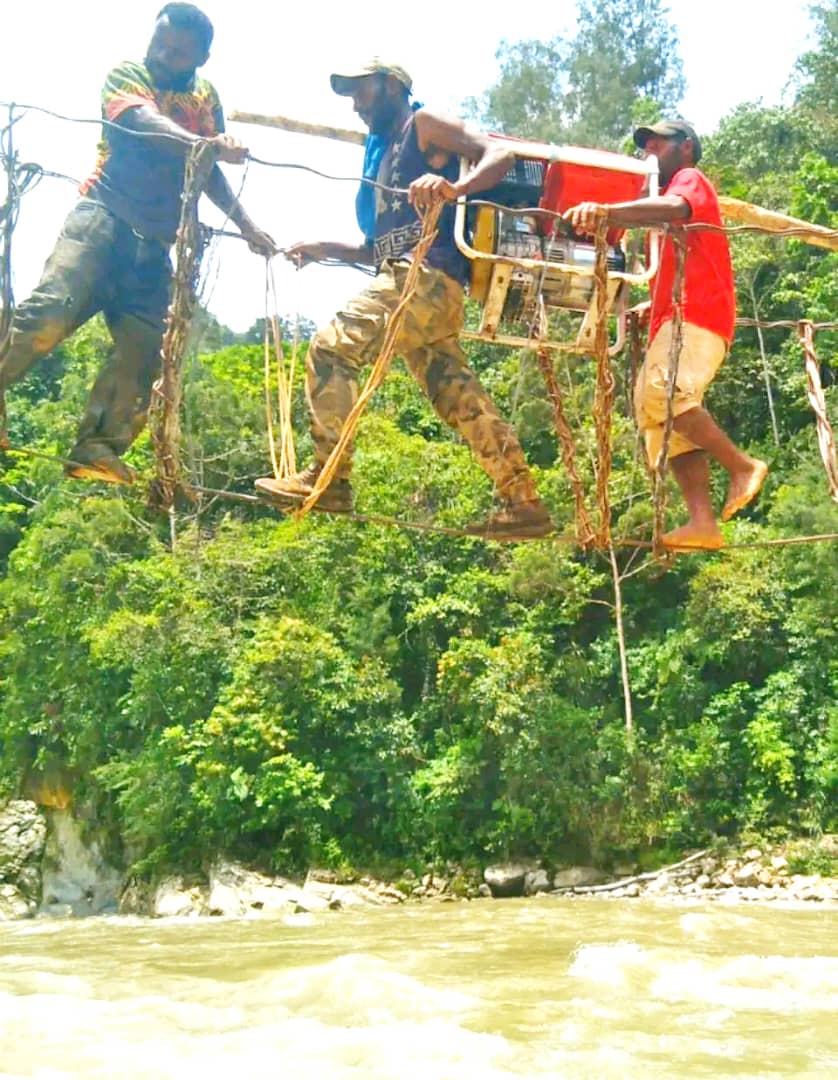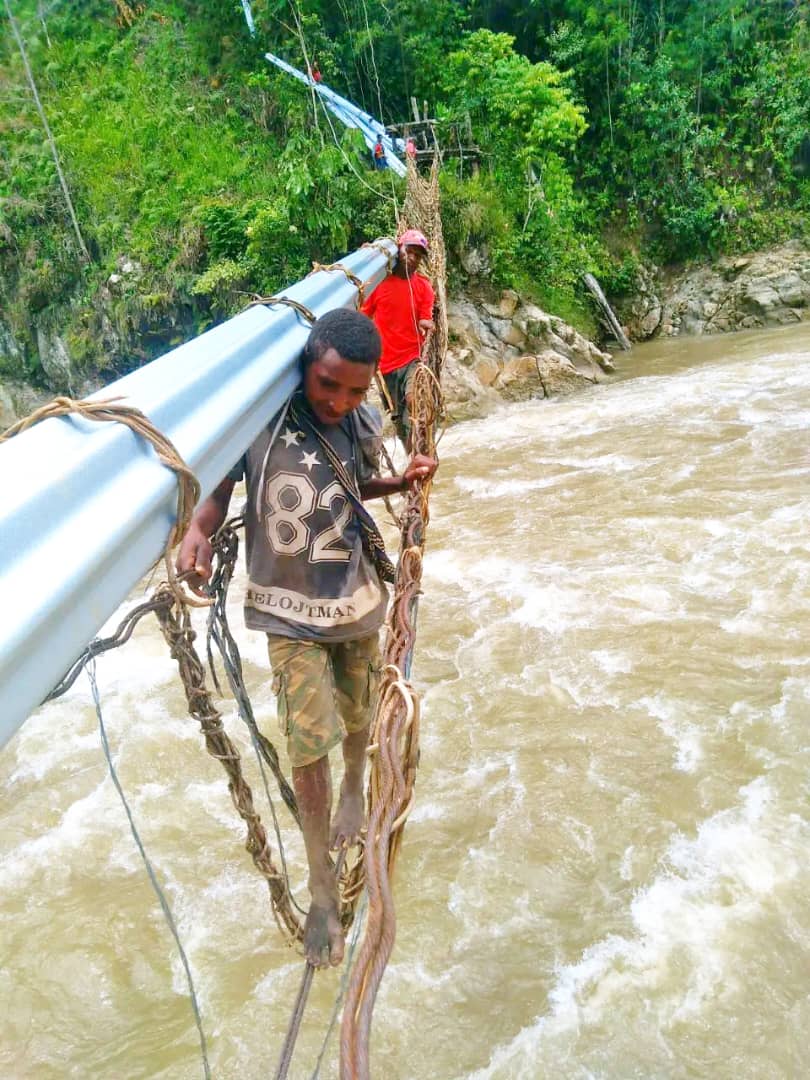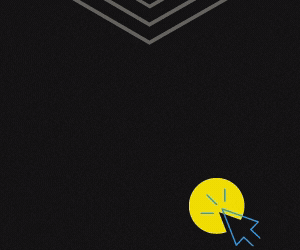By JACK NOAH YAMAHA
PAPUA New Guinea is adequately blessed with abundances of natural resources and it is strategically placed on the equatorial line dividing northern and southern hemispheres.
The country’s natural forests are so dense with some prehistoric trees which are homes to so many wild living creatures – some of them even cryptic living things believed to be in existence and undiscovered by outside world in their wild habitat under the canopy of thick virgin forests.
PNG’s diverse cultures and traditions with over 800 plus languages and ethnicities are so unique and none on the planet earth.
The world’s famous bird species such as the birds of paradise are so distinctive in colors and is an instant symbol of our nation at her birth.
The array of our colorful traditional attires reflects the values of different traditions and customs that knitted together the tribes from the high altitudes of the Highlands Region to the low-lying Coastal areas.
PNG is geographically centered from the atolls to the islands – from Bismark archipelago to Solomon Sea, then to Coral Seas bordering Solomon Islands, then to Torres Strait Islands of Australia and our black brothers on the other side which we share common territorial land boundary with the Irian Jaya.
Our culture and traditions, our colorful fauna species, our range of exotic flora, and our majestic landscapes are the catalyst for tourists who come in their droves to boast the tourism industry.
Our land mass, especially on the mainland PNG is criss-cross with beautiful fast flowing rivers, however, some are so dangerous and impassable for both humans and animals alike.
Huge rivers in the likes of mighty Sepik River, Western Province’s ferocious Fly River, Jiwaka Province’s Whagi River, Western and Southern Highland’s savagely fierce Kaugel River and tyrant Yalo River which flows between Kagua and Pangia Districts of Southern Highlands Province.
Despite all these countless beauty and awesome reflections, some of the country’s fauna and flora including the mighty flowing rivers continue to remain as dead traps for people especially those living within the outskirts of big flowing rivers and high mountains.
Mighty Yalo River is one of them and today it remains dangerous to the livelihoods of the people from Kagua Erave and Ialibu-Pangia Electorates.
Yalo River flows from the country’s second highest mountain (Mount Giluwe) and cuts through Imbonggu, Ialibu, Kagua and Pangia Districts of Southern Highlands Province and merge with Erave River to finally meet up with the sleeping giant Purari River.
This Yalo River is also known for uprooting huge trees and washing away permanent bridges linking Kagua-Erave electorate with other Highlands Provinces.
It gets violet during rainy seasons causing lots of havoc and nothing can prevent its way as it remains very dangerous for people to cross over.
Despite its calamities, people of Kagua and Pangia continue to put up with their cargoes on a single tight wire over the cruel natural tyrant.
There is no safety guaranteed when crossing this river. Even the both elected members of Parliament from both electorates seem to be for many years overlooked the very people living within the precincts of this river by not constructing permanent footbridge, let along make up rope bridges year in year out.
Just recently, few people who tried to cross this river using their usual rope bridge fell off and washed away by the river when the ropes snapped. A young girl was also stripped naked the river but with the help of some youths, she was safely rescued.
Many a times people lost their valuable items such as store goods, building materials etc. Sick mothers and old people would have to be carried on stretchers while scaling on a single rope – one of each side to hold on to and one walking on.
For many, its being a fun seeing people rolling up roofing irons like floor mats through this rope bridge to get across the unforgiving terrains and cliffs to their destinations.
For instance, just recently members of the PNG Bible Church of Puluparu District Headquarters on the other side of Yalo River have to carry across the cane bridge the roofing irons and other church building materials by risking their lives.
It seems dangerous to other people accessing proper bridges in other parts of the country thus making their life easy but to the people living within the precincts of this part of Kagua and Pangia, it is their daily life which they continued to endure despite the imminent threats and danger pose by this Yalo River.
Successive governments have turned blind eye by not looking into this and provide necessary support although the people there equally deserve better government supports.
Wiru Loop road in the South Wiru Local Level Government area is sealed to an exceptional standard and it is hours walk to reach the other side of the Yalo River. The hours journey appeared to be too close yet remains too far for school children, mothers, sick and old people. However, they continue to put up with it for years.
There are other big rivers in the area which are similarly aggressive and violent but impassable to human and that is Kaugel River in the east of Pangia that boarders Western Highlands’ Lower Nebliyer LLG and Simbu’s Karimui-Nomane electorate. Kaugel for instance is so violet and people even don’t try to cross during long dry seasons. Nobody goes close to it for fear of washing them away.
Like many other places in our beautiful country, locals face mother nature head on despite its imminent dangers and dead traps.
In spite of all fatalities by our rivers, we continue to become the custodians that has been passed on from our ancestors from generation to generation.
But yet we call it our beloved paradise that is far more than our own lives as we seem to treasure.



